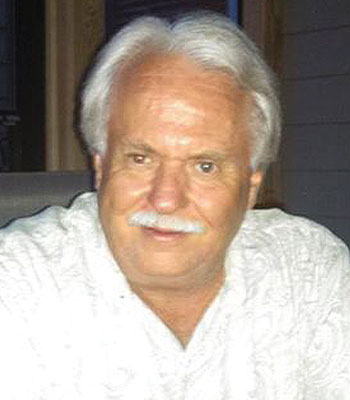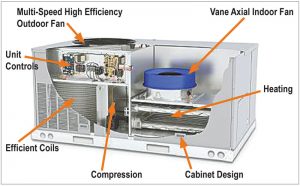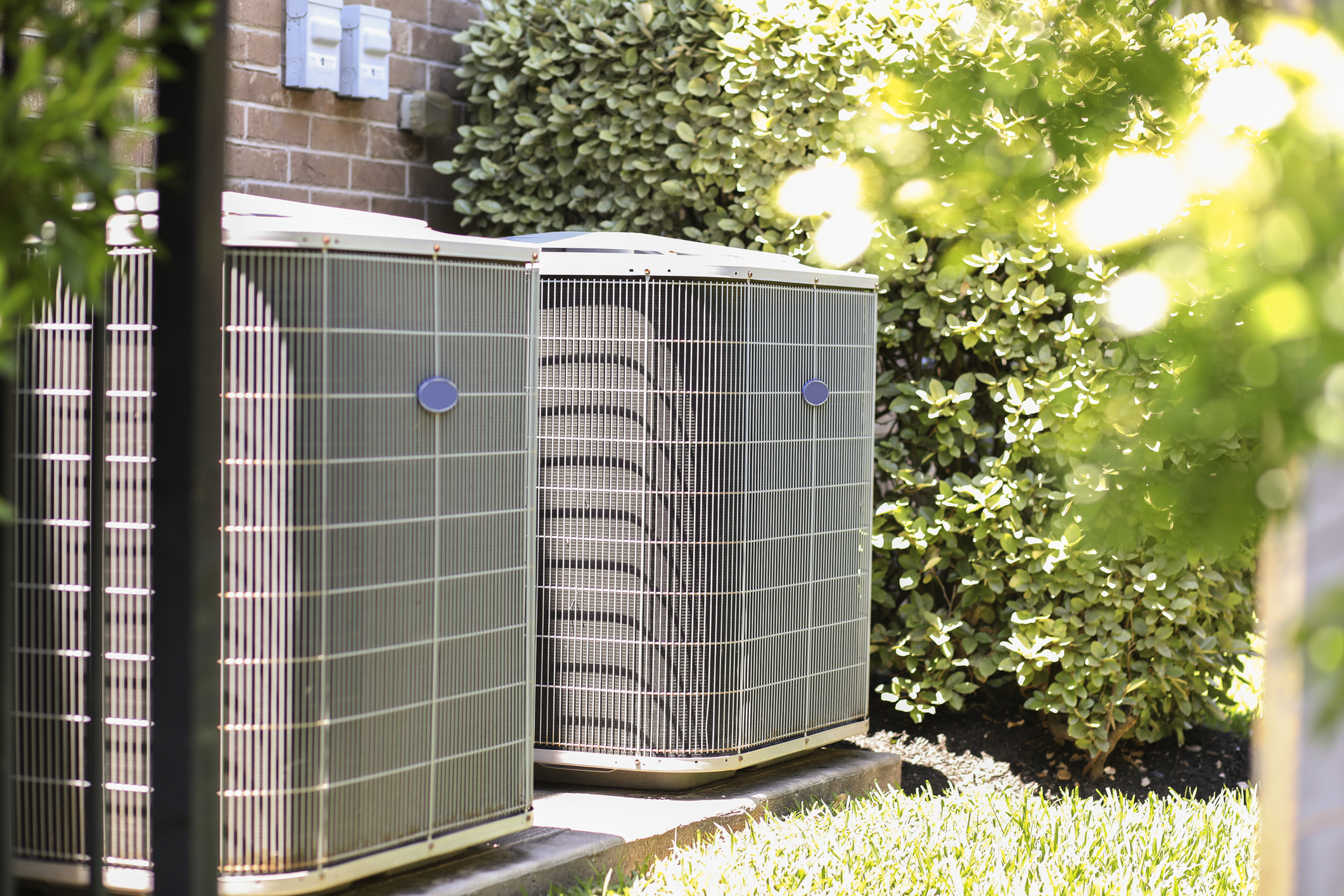
News
One Engineer’s Opinion: New Rooftop Design Could Make It Comparable to WSHP for Schools
By Bruce Longino
In Georgia, Water Source Heat Pumps (WSHP) dominate school system designs. There are many reasons for this. Some of the many positives are:

- WSHP per classroom so if a failure occurs only one classroom is affected.
- WSHPs are very efficient (typical EER of around 14).
- WSHPs mounted in the hall results in a quiet classroom.
- With a WSHP system, heat from the interior can heat the perimeter.
- With BACnet cards the WSHP can easily connect to the Building Management System.
- WSHP require extremely low maintenance.
- WSHP will last 25 to 30 years because they operate in indoor temperatures.
RTU systems are less expensive than WSHP systems. In the past the efficiency of the WSHP system was better than the RTU system. However recent improvements to the RTUs make them equal to the WSHP on overall system efficiency. Some of the positives and negatives for RTUs are:
- RTU per classroom so if a failure occurs only one classroom is affected.
- New RTUs are very efficient (as high as 16 SEER and 12 EER).
- New RTUs are very quiet because they use Van Axial fans and scroll compressors.
- RTUs can save energy by taking advantage of intergraded economizer.
- With BACnet cards the RTU can easily connect to the Building Management System.
- RTUs have much more maintenance than a WSHP.
- RTUs only last about 15 years because they operate in outdoor ambient conditions.

The photo above shows some of the elements of new RTU design. The vane axial fan reduces the energy by 40% and the parts by 70%. Any vibration will be in the horizontal plane which will not transmit noise to the roof. The scroll compressor has the same benefit.
Water Source Heat Pumps have some disadvantages. WSHP systems have more energy consumption than just the individual WSHP. Energy is consumed by the closed loop tempered water loop pumps. Energy is consumed by the cooling tower water loop pumps. Energy is consumed by the cooling tower fans. If you add all of additional WSHP system energy consumption to the individual WSHP the new RTUs may or may not use less energy.
Another disadvantage to the WSHP system is the huge amount cooling tower water that is wasted. Every ton hour uses: 12,000 BTU / 970 BTU per pound of water = 12.4 pounds of water. If you factor in blow-off and blow-down this is probably 13 pounds of water.
The average school has 100 3-ton WSHPs. That is 300 tons. Let’s assume during school each WSHP operates 4 full load hours. Let’s assume there are 200 days per year that the school is operating. Therefore: 13 lbs per ton hour x 300 tons x 4 hours per day x 200 days = 3,120,000 pounds per year; 3,120,000 lbs / 8 lbs per gallon = 390,000 gallons per year.
If schools would collect rain water to use in the cooling towers it would prevent the wasting of this much of our precious fresh water.
The question of which system has the best “live cycle cost” is not obvious. The RTU system has a lower first cost than the WSHP system. Over time, the additional first cost may be overcome through lower maintenance and replacement costs.
I believe the RTU system has a lower operating cost. This is because the WSHP system has pumping and cooling tower energy cost that the RTU system doesn’t. Also the WSHP system has water costs the RTU system doesn’t have. I believe the economizer saving for the RTU gives the energy edge to the RTU system.
As always the opinions in this article are just “One Engineer’s Opinion.”
W. Bruce Longino, P.E., LEED AP, may be reached by email at blongino@mingledorffs.com.














